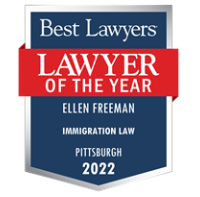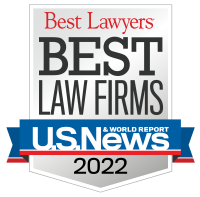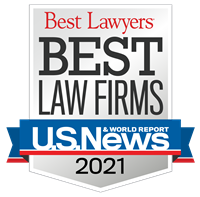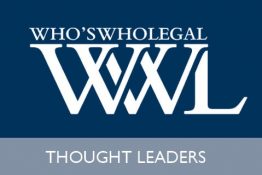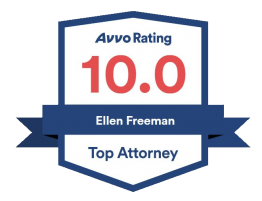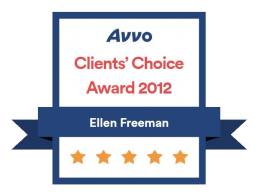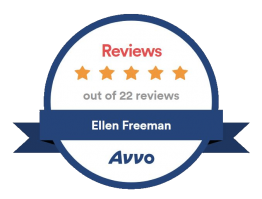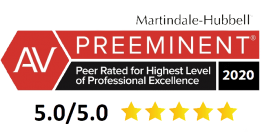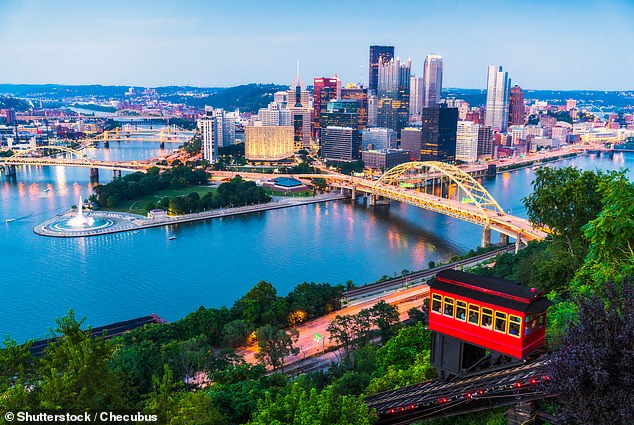
We’re a drinking town with a sports problem,’ jokes my driver. Riding in from the airport, he points across the Allegheny River to the yellow-and-gunmetal home of the Steelers American football team.
We pass another stadium, this time baseball (the Pirates). Each arena opens up dramatically to views of the gleaming high-rise towers we’re navigating between. On we drive into the Strip District, a onetime fresh produce hub now gentrifying as many similar areas do. A sign drifts by: 44 Beers On Tap. A left-to-right sweep of the bar there sounds dangerous.
- Pittsburgh is famous as an industrial centre and home of the Pittsburgh Steelers
- A growing technology hub, it’s also Andy Warhol and Gene Kelly’s birthplace
- Direct flights with BA mean it has never been easier to visit this city
The city is named after the 18th century British statesman and prime minister William Pitt, so it’s fitting that British Airways is now running direct flights from Heathrow to Pittsburgh International. But it was another Brit who shaped this city: Andrew Carnegie, who emigrated here from Dunfermline in 1848. He built his steel company into a monster, becoming the world’s richest man by the early 1900s.
Estimates put Carnegie’s wealth at £288 billion in today’s money; Amazon’s Jeff Bezos hit £116 billion before announcing his divorce. Carnegie may have broken a union and imported a foreign steel making process to build his fortune, but boy did he give it away.
‘The man who dies rich dies disgraced,’ he liked to say. We arrive amid another clump of gleaming riverside buildings. One is the Hotel Indigo Pittsburgh Technology Center. The area was once known as ‘Hell with the Lid Off’, due to the grime, steam and heat. A blast furnace door from a steel mill embellishes the hotel’s smart industrial-chic lobby.
Across the Hot Metal Bridge, which used to carry iron over the cold Monongahela River to the steel furnaces, I explore the regenerating South Side. A saloon here, Fat Head’s, serves vast burgers and fries that are heartachingly, perhaps heart-stoppingly, tasty. TV screens show college basketball.

‘I love Man City,’ confides the guy sitting beside me. We talk soccer and drinking. He pulls a can from his bag and hands it to me. ‘This is a nice nightcap,’ he says. Hopslam Ale, Alc: 10 per cent.
I meet Carl Wellington, an engineer and director of Uber Advanced Technologies Group, which develops self-driving cars. Twelve years ago, the U.S. military staged a clever challenge: a competition for self-navigating vehicles over a track featuring hard-to-negotiate obstacles.
The pressing need was to deal with improvised explosive devices in Iraq and Afghanistan. The challenge fired the imagination of leading engineers, and the winning car, Boss, came from Carnegie Mellon University (CMU) Robotics Institute, where Carl was a robotics researcher.
‘Key to understanding the character of Pittsburgh people is their pride in making things,’ explains Carl. ‘It was the same for me. I didn’t want to just write code; I wanted to work with physical objects.’
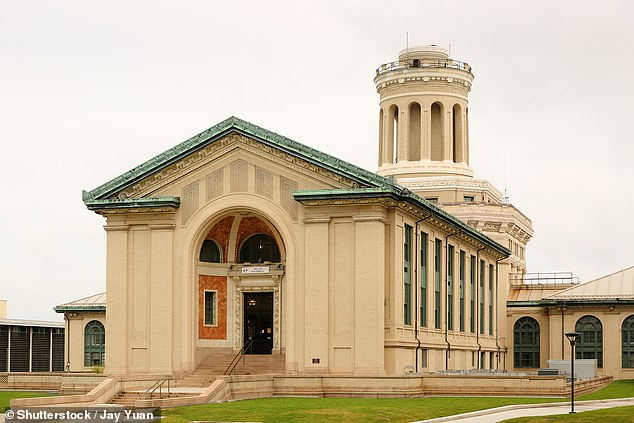
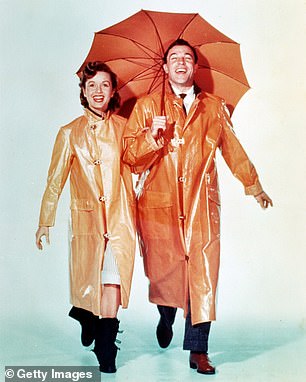
The Department for Transport recently announced that driverless cars (without a safety driver) are due to arrive on British roads by the end of 2019. It’s expected to accelerate big changes in the way we move around, and the way our cities in particular look and feel.
There is no better illustration of the old and the new in Pittsburgh than Uber’s test track, against the backdrop of the remnants of a steel mill site.
Out we go in a custom-outfitted Volvo with its spinning-top selfdriving equipment. Roaming mannequins cross fake streets; the choreography of the cars and simulated objects is weirdly balletic. It’s a parallel world, yet one feeling tantalisingly real. How long before public streets and road users adapt, ushering all this in? Andy Warhol grew up on Dawson Street, not far from CMU. My search of the modest brick homes for a plaque proves unsuccessful. In another Pittsburgh swerve, Warhol left the Steel City for New York for good, yet a converted warehouse, just north of Downtown, now holds the largest collection of his art in the world.
The Andy Warhol Museum is one of four museums funded by Andrew’s endowments. Each Carnegie museum is world class. The art and natural history ones are in the university district, while the science centre is next to that Steelers’ stadium.
There, you can find a full explanation of LIDAR (Light Detection and Ranging), those spinning tops on the self-driving cars. Wary of Daleks, I explore the Robot Hall of Fame, which chronicles robots throughout popular culture.
Another famous Pittsburgher was Gene Kelly, who was a lifelong fan of the Steelers and studied at the city’s university.
Returning to the hotel, I experience what’s known as a ‘Pittsburgh Left’, a swift left turn across oncoming traffic as the lights change at an intersection. ‘It’s a courtesy thing,’ my driver says. ‘It unclogs the traffic behind.’ If self-driving can make it here, it can make it anywhere, and with the locals’ irresistibly steely self belief, I wouldn’t bet against it.
Original Source DailyMail.co.uk


